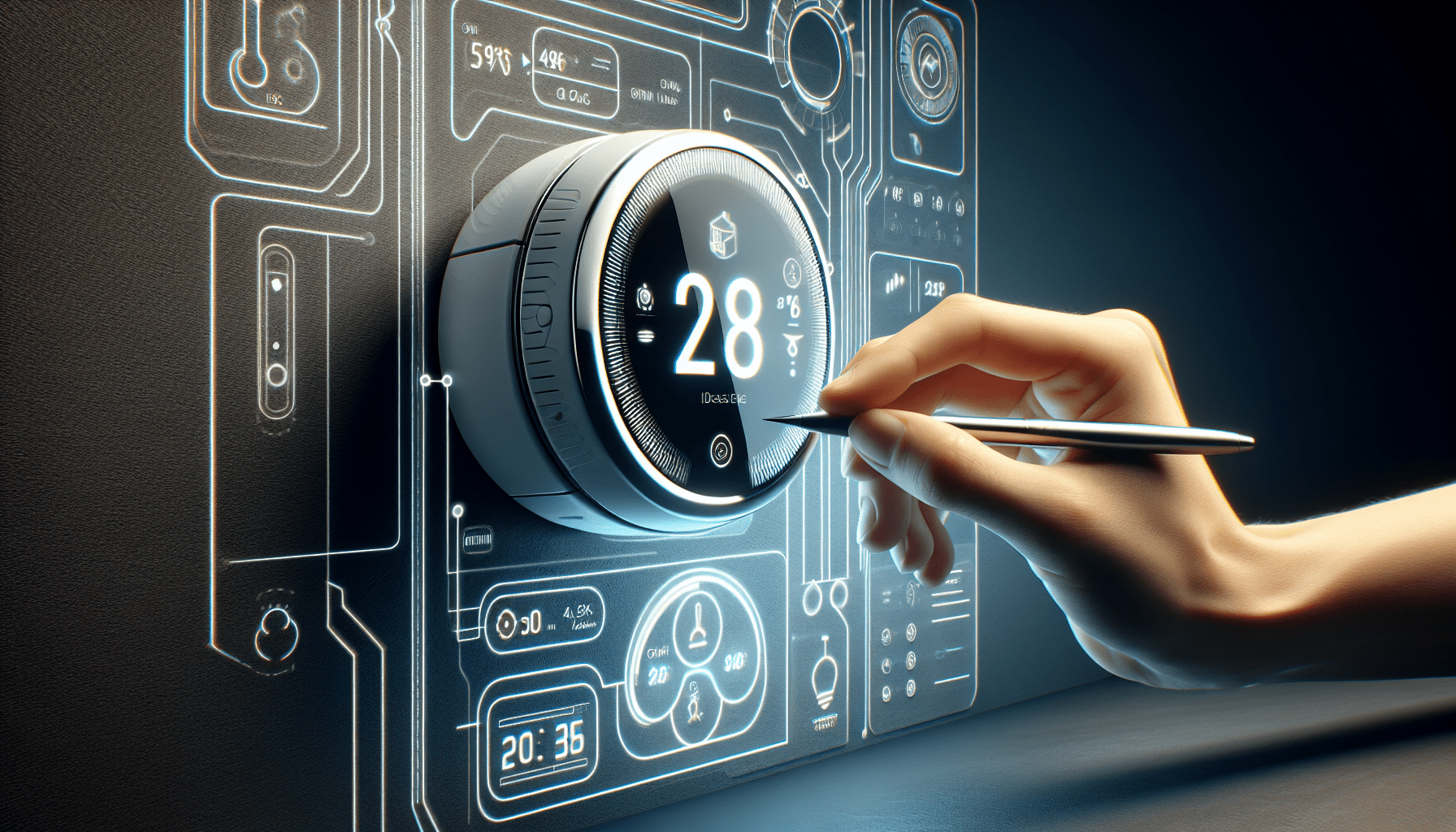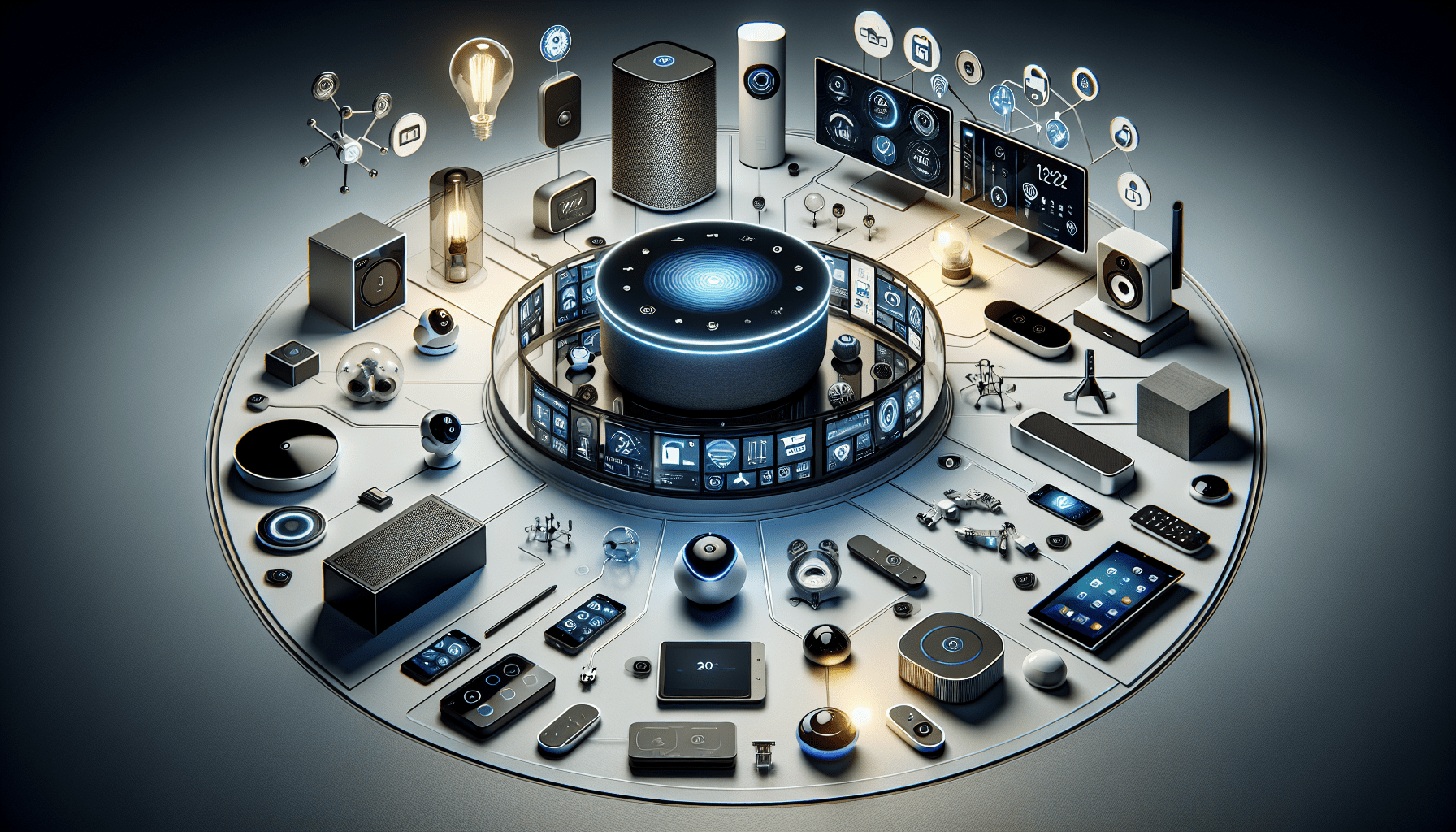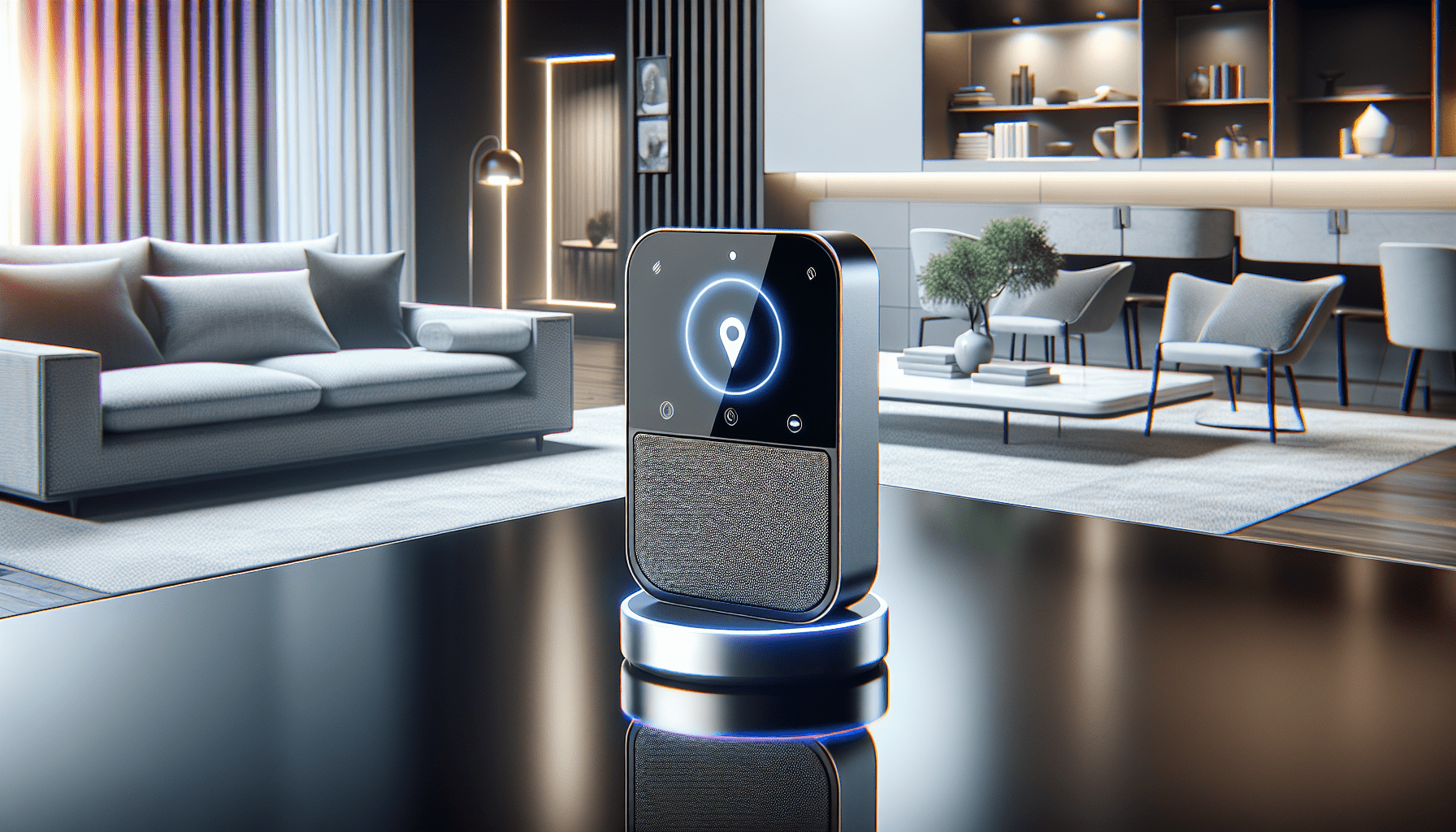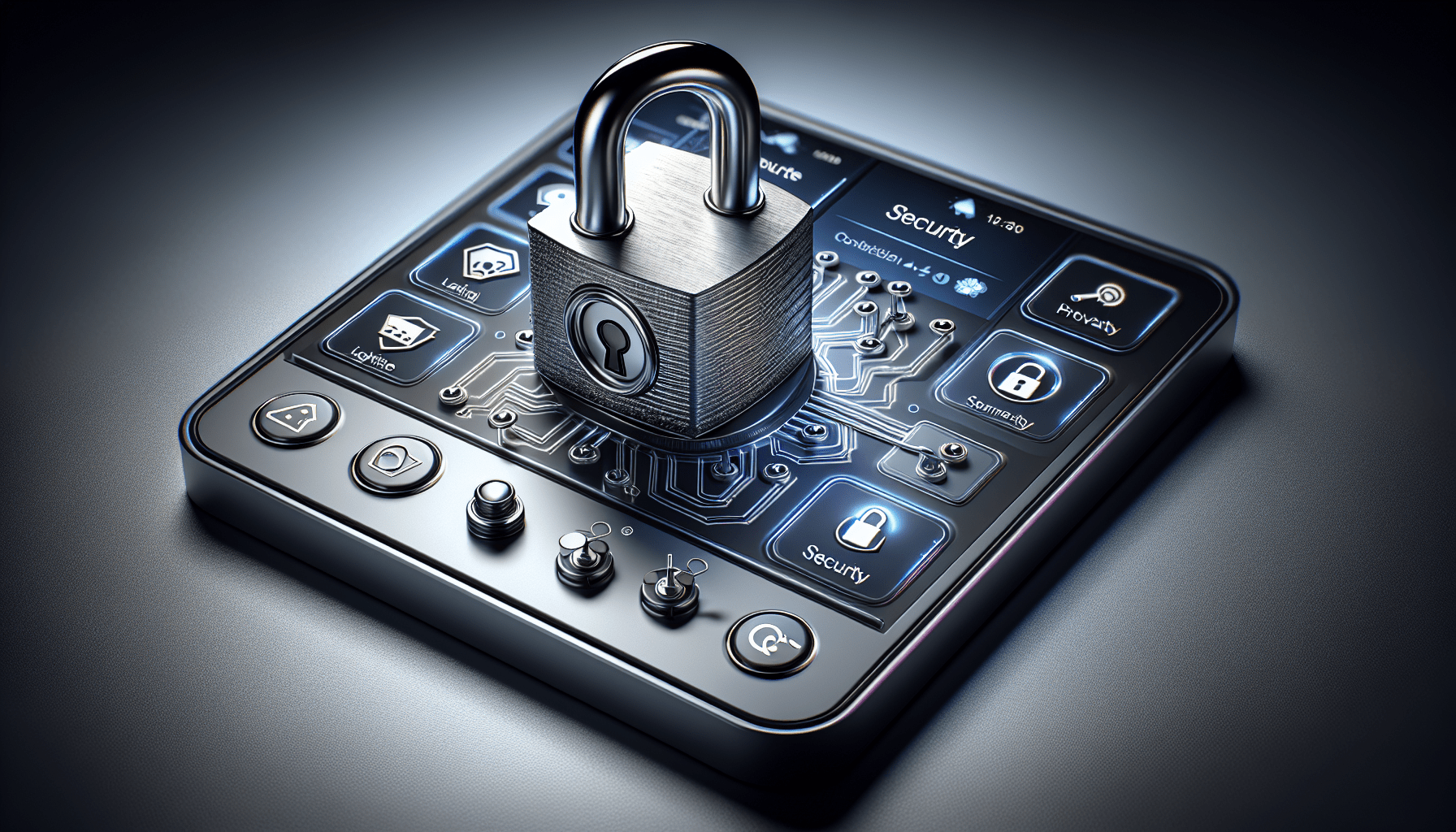Imagine having a technology-driven home that remains functional even when your internet connection goes on the blink. Believe it or not, smart home devices have evolved to operate offline, allowing you to continue enjoying the convenience and efficiency they bring to your daily life, regardless of your internet status. In this article, we will explore how smart home devices have adapted to work offline and why this advancement is a game-changer for homeowners around the world. So, if you’ve ever wondered if your smart devices can still be smart without the internet, read on to discover the exciting possibilities that await you.
What are smart home devices?
Definition of smart home devices
Smart home devices, also known as home automation devices, are electronic devices that are connected to a network and can be controlled remotely or automated to perform various tasks within a home. These devices are designed to enhance convenience, security, and efficiency by utilizing technologies such as internet connectivity, artificial intelligence, and voice recognition.
Examples of smart home devices
There are various types of smart home devices available in the market today. Some popular examples include smart speakers such as Google Nest Hub and Amazon Echo, smart locks and security cameras like the August Smart Lock and Ring Doorbell, smart thermostats like ecobee and Nest Learning Thermostat, and smart lighting systems such as Philips Hue bulbs. These devices enable users to control and monitor various aspects of their home, such as temperature, lighting, security, and entertainment, with just a few taps on their smartphones or through voice commands.
Working offline: Is it possible?
Importance of internet connectivity
Internet connectivity is a crucial aspect of smart home devices as it allows them to communicate with each other and with the user. With an internet connection, users can remotely control and monitor their devices, receive notifications, and access cloud-based services. The ability to connect to the internet also enables these devices to stay up-to-date with the latest software and firmware updates, ensuring optimal performance and security.
Limitations of offline functionality in smart home devices
While internet connectivity offers numerous benefits, it also poses limitations when it comes to smart home devices. One primary limitation is that these devices heavily rely on a stable internet connection for most of their functionalities. Without an internet connection, many features and capabilities may be inaccessible or limited, rendering certain devices and automation routines ineffective.
Advantages of smart home devices working offline
Increased privacy and security
One of the notable advantages of smart home devices working offline is the increased privacy and security it provides. As these devices are not constantly connected to the internet, they are less susceptible to hacking or unauthorized access. By reducing the exposure to potential cyber threats, offline functionality ensures that personal information and sensitive data remain secure.
Reduced dependency on internet stability
Working offline minimizes the dependency on internet stability for the seamless operation of smart home devices. In areas with unreliable or intermittent internet connectivity, offline functionality becomes crucial to maintain control over essential home automation routines. It eliminates the frustration of devices failing to respond due to network issues and ensures uninterrupted functionality.
Protection against power outages
Smart home devices that can function offline offer an added layer of protection during power outages. While conventional electrical appliances may become unusable during power cuts, offline-enabled devices can continue to be controlled and monitored locally. This is especially significant for security systems, where uninterrupted surveillance and access control are vital.
Disadvantages of smart home devices working offline
Limited functionality
One major disadvantage of smart home devices working offline is the limited functionality they offer without an internet connection. Certain advanced features, such as voice commands, remote access, and integration with third-party services, may not be available offline. This limitation can restrict the user experience and prevent the full potential of the devices from being realized.
Loss of remote control and monitoring
When smart home devices operate offline, the ability to control and monitor them remotely is compromised. Users will no longer have the convenience of adjusting settings or monitoring their home while away unless they are within the range of the local network. This restriction can be inconvenient, especially for users who heavily rely on remote access for managing their smart home devices.
Inability to access cloud-based services
Many smart home devices rely on cloud-based services to provide advanced functionalities and integrations. Without an internet connection, these devices lose access to cloud services, such as voice recognition, data storage, and integration with other smart devices. This can hinder automation routines and limit the overall capabilities of the devices.
Lack of automatic updates and improvements
An internet connection enables smart home devices to receive automatic software and firmware updates, ensuring they are always up-to-date with the latest features, bug fixes, and security patches. When working offline, these updates may not be available, potentially leaving devices vulnerable to security risks and missing out on improvements that could enhance their performance and usability.
Types of smart home devices that can work offline
Smart speakers and voice assistants
Smart speakers like Google Nest Hub and Amazon Echo Dot have the ability to function offline for certain tasks. While their full range of voice commands and integrations may require internet connectivity, basic functionalities like playing locally stored music or controlling nearby smart devices can be performed without an internet connection.
Smart locks and security cameras
Smart locks and security cameras are designed to provide enhanced security and control over access to one’s home. Many of these devices, such as the August Smart Lock and Ring Doorbell, have offline capabilities that allow users to lock and unlock doors or monitor surveillance footage locally, even without internet connectivity.
Smart thermostats
Smart thermostats, such as ecobee and Nest Learning Thermostat, can operate offline and continue to control the temperature within a home based on pre-set schedules or local inputs. While remote monitoring and adjustment may be limited without internet connectivity, the basic temperature control functionality remains intact even in offline mode.
Smart lighting
Smart lighting systems, such as Philips Hue bulbs, can work offline by allowing users to control the lights locally through physical switches or pre-programmed routines. While the advanced features like custom lighting scenes and voice control may require an internet connection, the basic functionality of turning lights on and off remains available offline.
How do smart home devices work offline?
Local control through hubs and smart assistants
To enable offline functionality, some smart home devices communicate with a central hub or a smart assistant locally through a local area network (LAN). The hub or smart assistant acts as an intermediary, receiving commands from the user and sending them to the respective devices without relying on the internet. This local control allows certain functionalities to be performed even without an internet connection.
Direct device-to-device communication
Certain smart home devices can communicate directly with each other without the need for an internet connection. For example, a smart thermostat may communicate with a smart lighting system to adjust the lights based on temperature settings, even when offline. This direct device-to-device communication enables limited automation and coordination between devices even in the absence of internet connectivity.
Offline mode settings and configurations
Some smart home devices have built-in offline mode settings that allow users to configure and customize their devices for offline functionality. These settings typically include options to adjust device behaviors, control local access, and specify the desired level of automation when operating without an internet connection. Users can configure their devices to operate in a way that suits their needs and preferences when offline.
Case studies: Offline capabilities of popular smart home devices
Google Nest Hub
The Google Nest Hub is a smart display and speaker that offers offline functionality for specific tasks. While voice commands that rely on internet services may be limited, users can still play music from locally stored libraries, control nearby smart devices, and view previously accessed content on the Nest Hub’s display without an internet connection.
Amazon Echo Dot
The Amazon Echo Dot, powered by the Alexa voice assistant, can also function offline for certain tasks. While features like streaming music or accessing cloud-based services may be restricted, users can still play locally stored audio files, control compatible smart home devices within the range of the local network, and use basic features like setting alarms or timers.
Philips Hue bulbs
Philips Hue bulbs, a popular smart lighting solution, offer offline functionality through their hardware and software features. When the internet is unavailable, users can still control the lights using physical switches or pre-programmed routines. The bulbs remember the most recent settings, allowing users to enjoy basic lighting control and automation even without an internet connection.
Tips for setting up and using smart home devices offline
Choosing the right devices with offline capabilities
When setting up a smart home system with offline functionality, it is important to choose devices that explicitly support offline operation. Research and select devices that have built-in offline mode settings or can communicate locally without relying on the internet. This ensures that the chosen devices can meet the desired requirements even when internet connectivity is unavailable.
Considerations for network and connectivity
To optimize offline functionality, it is essential to have a stable and reliable local network. Ensure that the smart home devices are connected to a robust local area network (LAN) to facilitate seamless communication and control when offline. Additionally, consider the range and coverage of the network to guarantee proper device connectivity within the home.
Backup power solutions for uninterrupted functionality
To maintain uninterrupted functionality during power outages, consider investing in backup power solutions. Backup power sources, such as uninterruptible power supplies (UPS) or backup generators, can provide temporary power to essential smart home devices, ensuring continuous operation even when the main power supply is disrupted.
Regularly updating device firmware and software
While offline-enabled devices may not receive automatic updates, it is essential to periodically check for firmware and software updates from the manufacturers. These updates often contain bug fixes, security patches, and new features that can enhance the devices’ performance and usability, even in offline mode. Regularly updating the devices ensures they remain reliable and secure.
Future trends and developments
Advancements in offline functionality
As technology continues to evolve, advancements in offline functionality for smart home devices are expected. Future developments may include improved local processing capabilities, expanded device-to-device communication protocols, and enhanced offline automation. These advancements will further enhance the capabilities and convenience of using smart home devices without requiring constant internet connectivity.
Potential integration with 5G networks
With the rollout of 5G networks, there is potential for improved offline capabilities in smart home devices. The high-speed and low-latency nature of 5G networks can enable faster and more reliable local communication between devices, enhancing offline functionality. Additionally, the increased network capacity and reduced network congestion can provide a more seamless offline experience for users.
Emerging technologies for enhanced offline experiences
Emerging technologies, such as edge computing and machine learning, hold promise for enhancing the offline experiences of smart home devices. Edge computing allows devices to process data locally, reducing reliance on cloud services and enabling more advanced offline functionalities. Machine learning algorithms can improve device performance and automation routines even when internet connectivity is unavailable.
Conclusion
While smart home devices are designed to be connected to the internet for optimal functionality, they can still operate effectively in offline mode. Working offline offers advantages such as increased privacy and security, reduced dependence on internet stability, and protection against power outages. However, there are disadvantages and limitations to be aware of, including limited functionality, loss of remote control and monitoring, and the inability to access cloud-based services. By understanding the types of devices that can work offline, how they operate without internet connectivity, and implementing best practices for setting up and using them, users can make the most of their smart home devices even when offline. As technology continues to advance, future trends and developments are likely to enhance the offline capabilities of smart home devices, providing users with a more seamless and reliable home automation experience.




